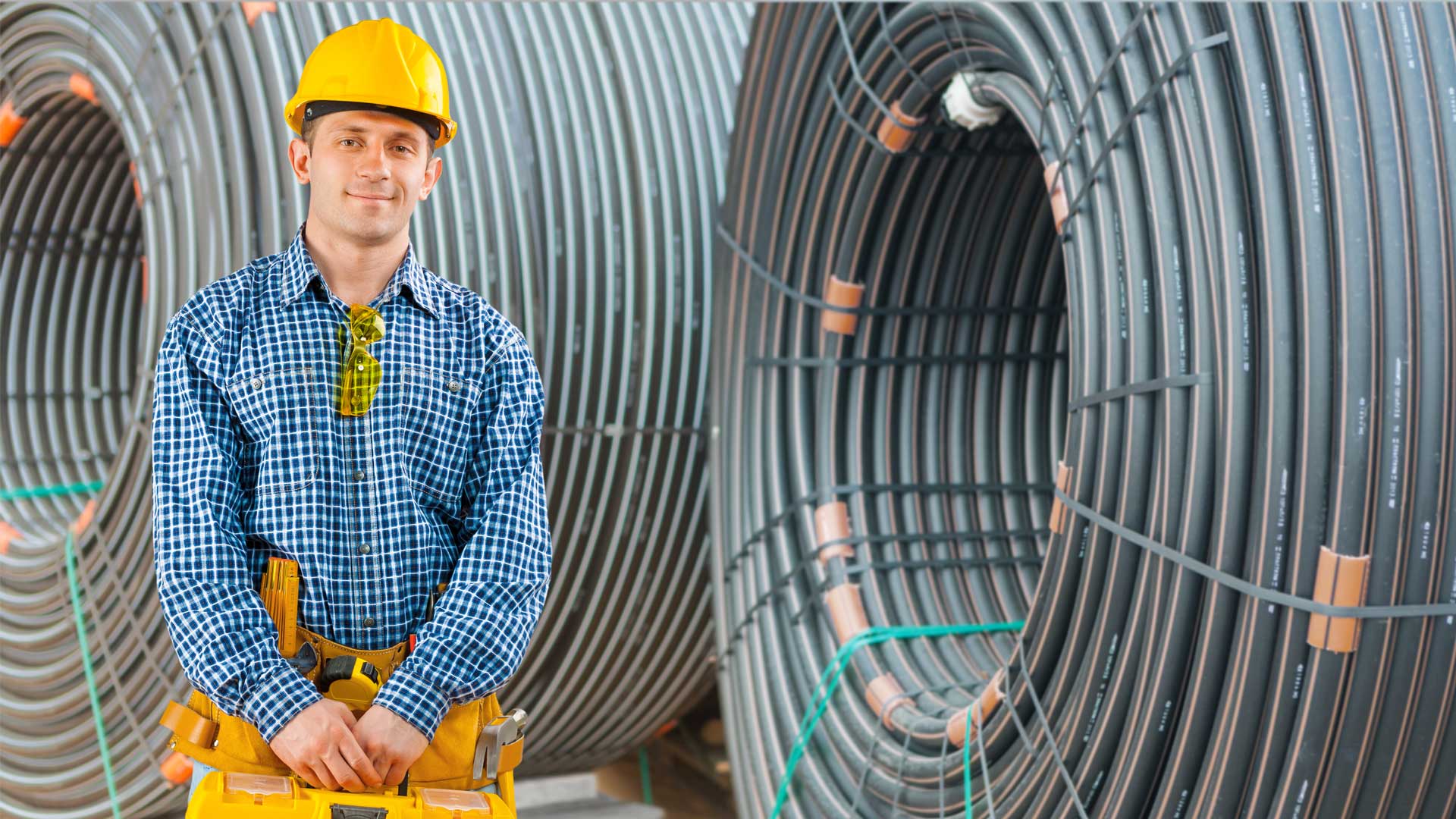
Wireless Construction & Maintenance
Wireless networks have become an essential component of modern society. From homes to businesses, wireless networks have revolutionized the way people connect and communicate. However, the construction and maintenance of these networks require specialized skills and knowledge. In this article, we will explore the key aspects of wireless network construction and maintenance.
Wireless Network Construction
The construction of a wireless network involves several key components. These include the design and planning, equipment installation, and network configuration. A well-designed wireless network should provide reliable and fast connectivity to all users while maintaining security and efficiency.
- Design and Planning: The design and planning phase of wireless network construction involves assessing the needs and requirements of the network. Factors such as the size of the area to be covered, the number of users, and the types of devices to be connected must be considered. A thorough assessment of these factors will inform the selection of the appropriate equipment and network configuration.
- Equipment Installation: Once the network design has been finalized, the installation of the equipment can begin. This includes the installation of wireless access points, switches, routers, and other necessary equipment. The installation process should be carried out with attention to detail and in accordance with industry standards.
- Network Configuration: The final step in wireless network construction is network configuration. This involves configuring the network to optimize performance, security, and efficiency. The network configuration should be tailored to the specific needs of the organization or individual.
- Wireless Network Maintenance
- Monitoring and Testing: Regular monitoring and testing of the wireless network can help to identify issues before they become major problems. This includes checking the network for dead spots, interference, and other issues that may affect connectivity.
- Firmware and Software Updates: Keeping the firmware and software of the wireless network up to date is essential to maintain security and optimize performance. Regular updates should be carried out in accordance with industry best practices.
- Hardware Maintenance: The physical components of the wireless network, such as access points and routers, require regular maintenance to ensure their optimal performance. This includes cleaning, inspection, and replacement of components as necessary.